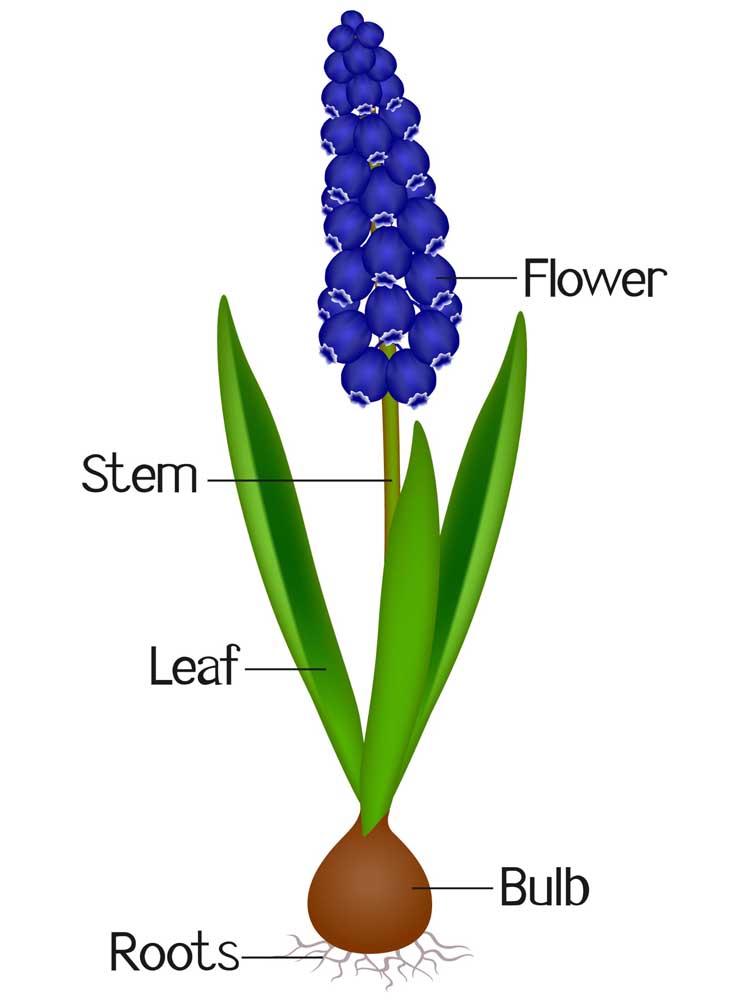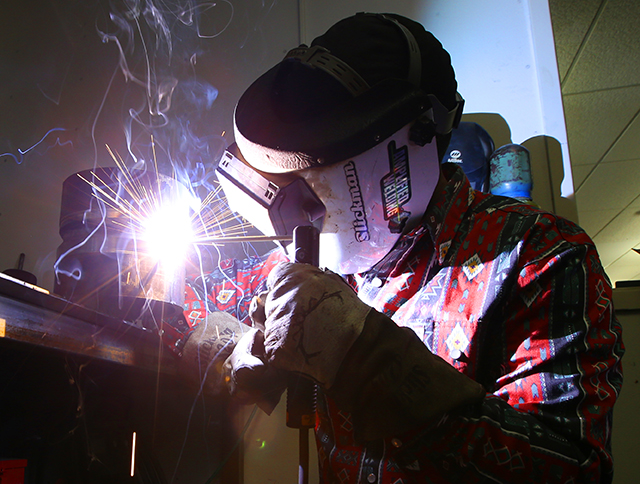Gardening corner: Fall is spring underground
Published 4:00 am Tuesday, September 13, 2022

- Snowdrops-Galanthus Grape Hyacinth-Muscari
I don’t think gardeners stop to appreciate how closely related the gardening seasons really are. As one season starts to fade, we plant for what is to come. A favorite book is Karel Capel’s “The Gardener’s Year.” Capek plants the thought that the fall season is actually spring underground, with all the activity of bulbs coming to life.
The planting of procedure bulbs is easy. The hard part is the decision making of “Should I choose this variety or that?” The sooner those decisions are made and the orders placed, the better your chances are of receiving a full order.
Our local nurseries provide us with ample selections of the most popular bulbs, but due to the comparatively short shelf life in a retail situation it would be impossible to stock bins and bins of the more unusual ones. When selecting bulbs from an open bin, bigger is better.
How to pick a bulbThe bigger the bulb, the bigger the flower. The bulb should also feel firm. Remember that bulbs used to force indoors for winter gift giving or your own enjoyment should be purchased now.
The red flag is up for tulips. If you have a deer problem, forget planting tulips unless you have a deer-proof area. Planting them in an unprotected area is equivalent to opening a candy store for the deer.
Questions about shipping and planting are always of concern. Bulb suppliers ship the orders when appropriate for the area, not as soon as the supplier receives your order.
The problem is that a company ships according to USDA zones and we all know it is hard to pinpoint our exact growing zone.
If you do receive the bulbs before the soil temperature is reliably at, or below, 45-50 degrees Fahrenheit, the rule of thumb is to remove from the packing material as soon as possible. Store in a paper bag or an open tray. Be sure to keep them away from apples and other fruit. Many types of fruit release ethylene gas. In an enclosed space like a refrigerator, this gas can build up and cause damage to flower buds.
If a refrigerator isn’t an option, the bulbs will remain inactive between 55-65 degrees F. Take heart in the fact that bulbs can be planted up to the point of the ground being frozen. Once the bulbs are planted with bulb fertilizer and well-watered, cover the area with 3 inches of mulch to prevent bulbs from freezing and thawing.
How deep to plant? Which way?Bulbs that are prepackages come with planting depth instructions to help take the guess work out of the process. The general rule is 3 times as deep as the bulb is tall. Others say the rule is 3 times the diameter rather than the bulb height. Either way the process is not rocket science.
The bulbs will emerge sooner or later. Bulbs are planted with the broadest end, which is usually the root end, to the bottom of the hole. There again, if it is wrong, the bulb will eventually right itself and happily break through the soil.
Bulbs require full to partial sun. Avoid planting on the south side of the house. The accumulated heat from the foundation and the house siding will result in earlier blooming but will also put emerging bulbs at risk for frost damage. Every year we experience a week of “false spring” which is always followed by our return to normal frosty weather.
Bulbs make a more impressive statement if multiple bulbs of the same variety are planted in a group rather than planted like soldiers in a straight row. Planting bulbs in an area of existing perennials is a great idea. The dying yellow foliage of the bulb will be camouflaged by the new growth of the perennials.
It is very important to allow the dying foliage to remain on the plant. The dying foliage provides the natural food for nest season’s bloom. Dried plant material can be removed once the bulb has totally dried back.
We sometimes forget the care of existing bulb gardens. Existing beds should be fertilized in early spring at the first emergence of the foliage and again after bloom time when the bulbs are storing up food for the following year.
Suggestions for spring bloom that are also tagged to be deer-resistant include the following:
- Snowdrops (Galanthus Grape Hyacinth-Muscari)
- Glory of the Snow-Chionodoxal Squill–Scilla
- Crocus Allium-spring blooming
- Daffodils Giant Allium-late spring/summer
- Crocus and Muscari are easy bulbs for indoor forcing for winter gift giving.





